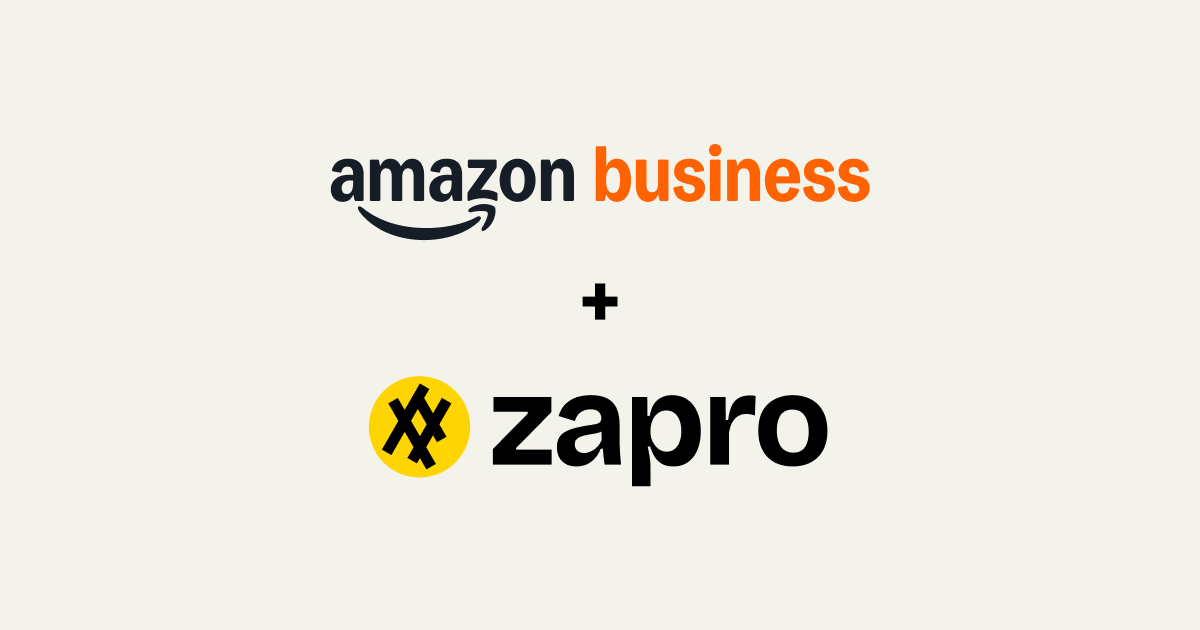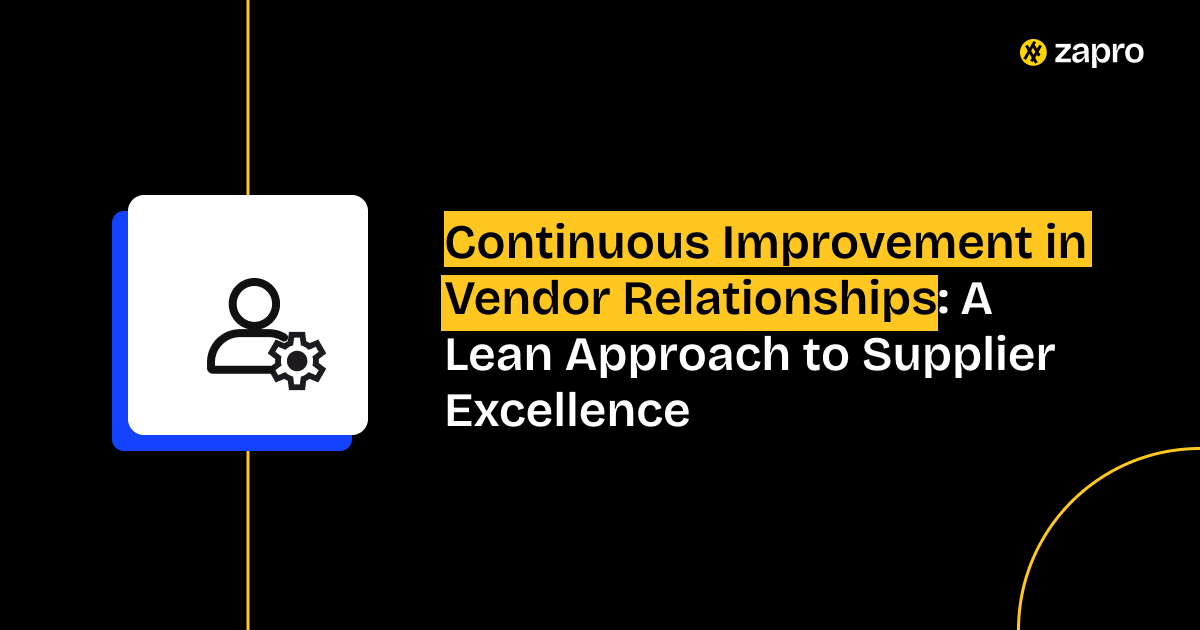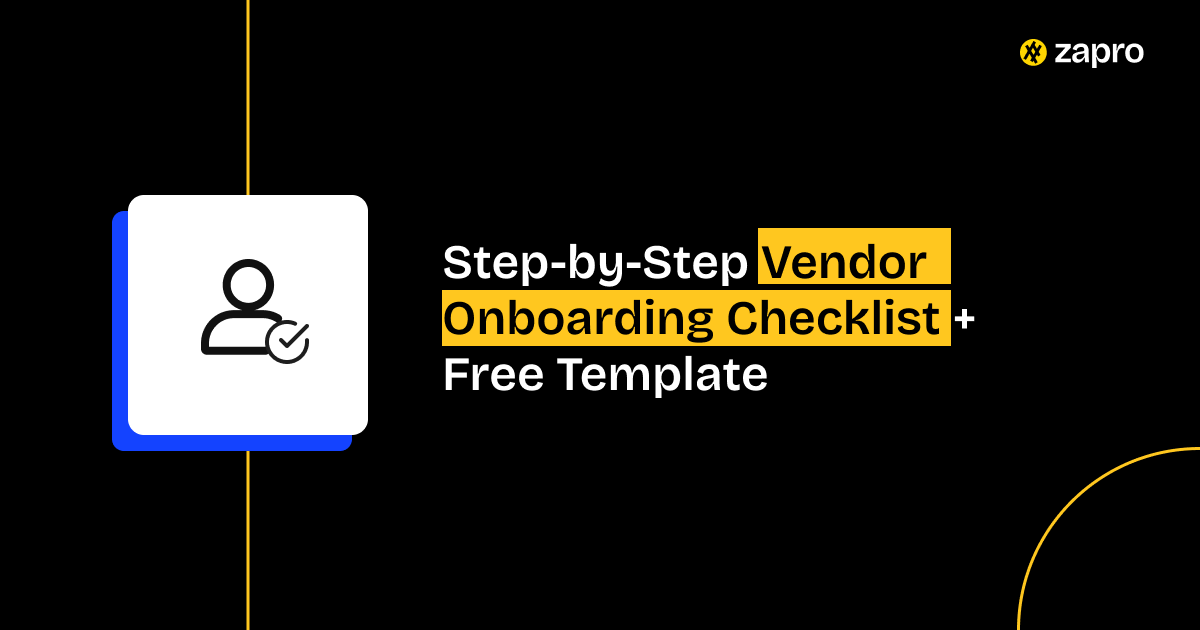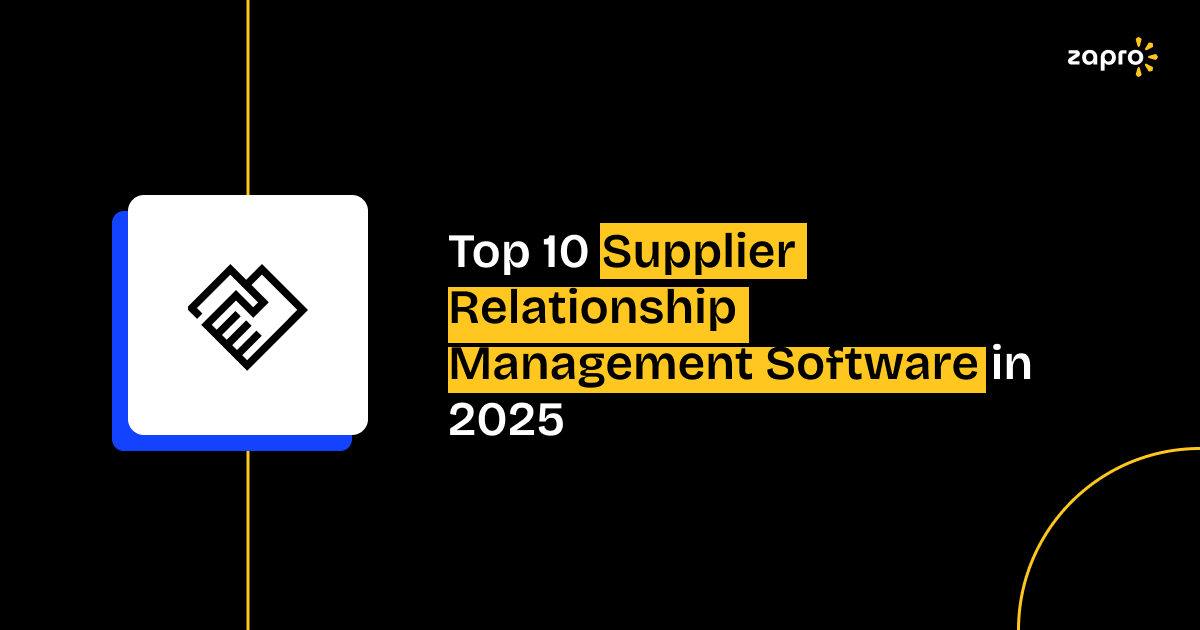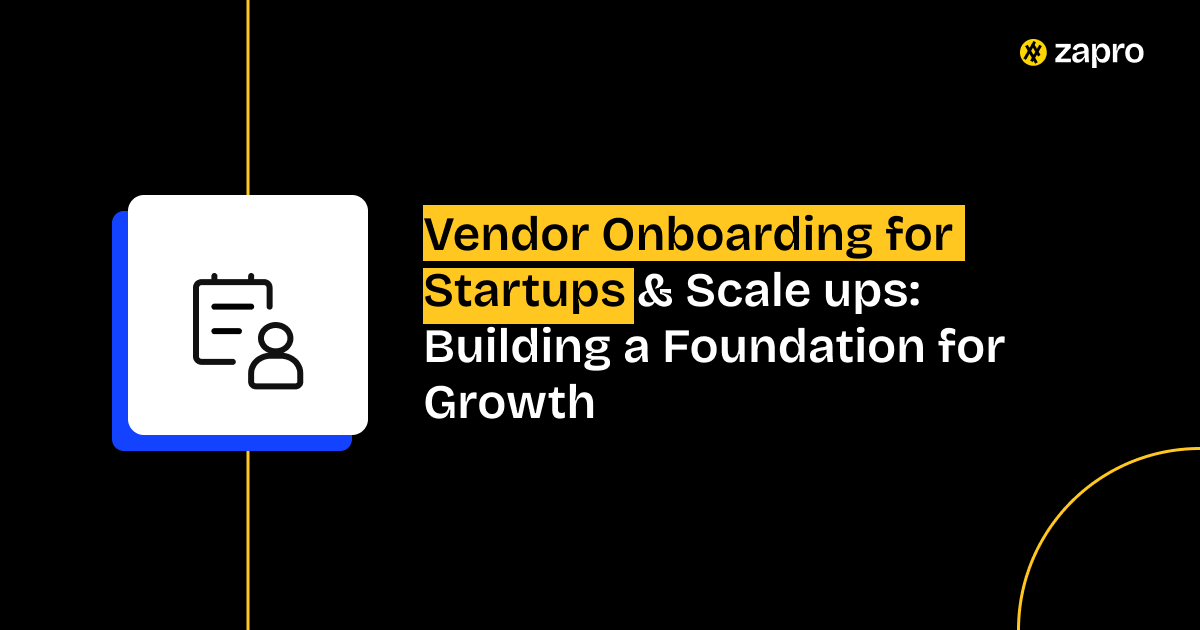The belief that contract signing and supplier performance achievement ends your responsibilities seems appealing at first. The practice of depending on current circumstances creates a risky situation. The only way to achieve lasting market success requires businesses to keep developing their operations. Your ability to achieve fast growth becomes threatened when your vendor relationships fail to adapt to market changes which results in decreased profitability.
Your goal to achieve maximum value requires you to maintain continuous improvement vendor relationships. The strategic framework known as Lean principles enables organizations to achieve continuous efficiency improvements and cost reductions and develop innovative solutions. This document demonstrates how to use lean supplier management principles to create an exceptional supplier network that delivers mutual success.
The Imperative of Continuous Improvement in VPM
The role of vendor performance management (VPM) must shift from auditing to enabling. If you’re only tracking performance to catch mistakes, you’re missing the incredible potential that lies within your partnerships.
By embedding continuous improvement vendor relationships, you are effectively building a supply chain that is inherently agile and resilient. This proactive approach secures long term business growth overall and ensures your suppliers are aligned with your goals for supplier value optimization.
Beyond Reactive Management: Embracing Proactive Evolution
Your entire day becomes dedicated to emergency response activities because you need to track down delayed shipments and resolve product defects and resolve system problems. Lean supplier management flips the script. It mandates that you painstakingly seek out and eliminate the root causes of those problems before they become costly hazards. It encourages both your internal team and your vendor to adhere to a philosophy of constant, small changes that deliver fantastic results.

77% of companies are investing in deeper and more collaborative supplier relationships to improve resilience and agility.
– Gartner, “Future of Supply Chain: Crisis Shapes the Profession” Report
Principles of Continuous Improvement Applied to Vendors
The principles that disrupted and gave birth for a new age in manufacturing can be applied effortlessly to procurement.
Lean Thinking: Identifying and Eliminating Waste (Muda)
The Lean methodology helps to eradicate all wastes in any form it may be which are referred to as “Muda.” The application of this method to vendor management collaboration strategies requires you to identify waste in operational processes instead of production activities. Your vendors and internal teams should collaborate to identify the following areas of waste:
- Waiting: Unnecessary movement of people or goods.
- Over-processing: Excessive reporting, redundant checks, or complex invoicing.
- Defects: Errors in documentation, poor quality products requiring rework, or system failures.
- Motion/Transportation: Unnecessary movement of people or goods.
The elimination of these weaknesses results in smooth operational workflows which reduce the overall expense of ownership.
Kaizen: Small, Incremental Improvements for Big Impact
Kaizen procurement teaches that each person must create daily small improvements which bring positive results. This isn’t about massive capital expenditure projects; it’s about making minor tweaks that accumulate into outstanding efficiencies.
A kaizen procurement culture encourages a supplier’s shop floor team or account manager to suggest a simple change to the packaging or the ordering process that saves both sides 15 minutes of work. This incredible collective effort is the key to sustained continuous improvement vendor relationships.
Plan Do Check Act (PDCA) Cycle in Supplier Management
The PDCA cycle provides the formal structure for lean supplier management:
- Plan: Jointly identify an inadequacy or opportunity and develop a hypothesis for improvement (e.g., “If we automate the invoice submission process, we will reduce payment delays from 10 days to 1 day”).
- Do: Implement the solution on a small, controlled scale (without any delay).
- Check: Measure the results against the hypothesis using objective metrics.
- Act: If successful, standardize the process and roll it out overall. If it fails, start the cycle over with lessons learned.
This structure ensures that every improvement is tested, measured, and drives supplier value optimization.
Learn more vendor management software.
Empower Continuous Vendor Improvement with Zapro

Strategies for Fostering a Culture of Continuous Improvement with Suppliers
You can’t mandate continuous improvement; you must enable it through vendor collaboration strategies.
Joint Problem Solving Workshops and Root Cause Analysis
Effective kaizen procurement requires a joint commitment to finding the “why.” Schedule dedicated workshops where your team and the vendor work hand in hand to solve recurring problems. Use tools like the “Five Whys” to go painstakingly deep into the issue. For example, if delivery is late, don’t stop at “They ran out of stock.” Ask why they ran out of stock (poor forecasting), and why the forecast was poor (slow data sharing from your side by side), leading to a shared solution.
Shared Goals and Performance Incentives
To drive supplier innovation program, you must align incentives. Steer clear of penalties as the primary motivator. Instead:
- Reward Improvement: Offer a higher profit margin or extended contract terms for meeting outstanding continuous improvement targets.
- Share Savings: Agree on a formula to split savings derived from supplier led efficiency suggestions. This makes the effort advantageously beneficial for both parties.
Open Communication and Feedback Loops
Open communication is the lifeblood of lean supplier management. Use regular, structured supplier feedback sessions to discuss performance honestly. Furthermore, create a secure, hassle free channel where vendors can submit suggestions or flag potential hazards without any delay or fear of reprisal. This honesty is crucial.
Encouraging Supplier Led Innovation and Suggestions
Your suppliers are the experts in their field. Encourage them to bring forward ideas on new materials, process automation, or better service delivery models. A formal supplier innovation program that recognizes and rewards these suggestions ensures a pipeline of fantastic ideas. The role of procurement here is to make the process of submitting and evaluating ideas effortlessly simple.
Establishing Cross Functional Teams for Improvement Initiatives
Break down internal silos. The vendor relationship management improvement process needs active involvement from Operations and IT and Finance and Engineering departments. The supplier can work with cross-functional teams to execute system integration and automated invoicing solutions which will maintain project compliance with all organizational rules.
Leveraging Zapro.ai for Process Optimization and Tracking
Managing the many facets of a supplier innovation program across dozens of partners using spreadsheets is bizarre and unsustainable.
Zapro.ai provides the collaborative platform necessary for true kaizen procurement. Our centralized portal allows suppliers and internal teams to document joint improvement initiatives, track action items from joint problem solving workshops, and transparently monitor performance effortlessly. Our analytics highlight where the biggest inadequacies and waste occur, ensuring your lean supplier management efforts are focused on the most crucial areas for supplier value optimization.
Conclusion: Building Agile and Resilient Supply Chains Through Collaboration
The future of strategic sourcing best practices depends on continuous improvement vendor relationships. The lean supplier management and kaizen procurement framework enables you to move beyond transactional management so you can develop an exceptional group of partners who work together.
Your supply chain transforms from basic survival mode into a dynamic system which delivers continuous cost reductions and innovative solutions and develops flexible operations for fast business expansion.

Transform Vendors into Partners with Zapro
Drive vendor excellence with Zapro’s collaborative platform. Track progress and build trust for lasting partnerships.
Don’t miss our weekly updates
We’ll email you 1-3 times per week—and never share your information.

 Healthcare
Healthcare Financial Services
Financial Services Technology
Technology Venture Capitalist
Venture Capitalist Chief Procurement Officer
Chief Procurement Officer Chief Financial Officer
Chief Financial Officer